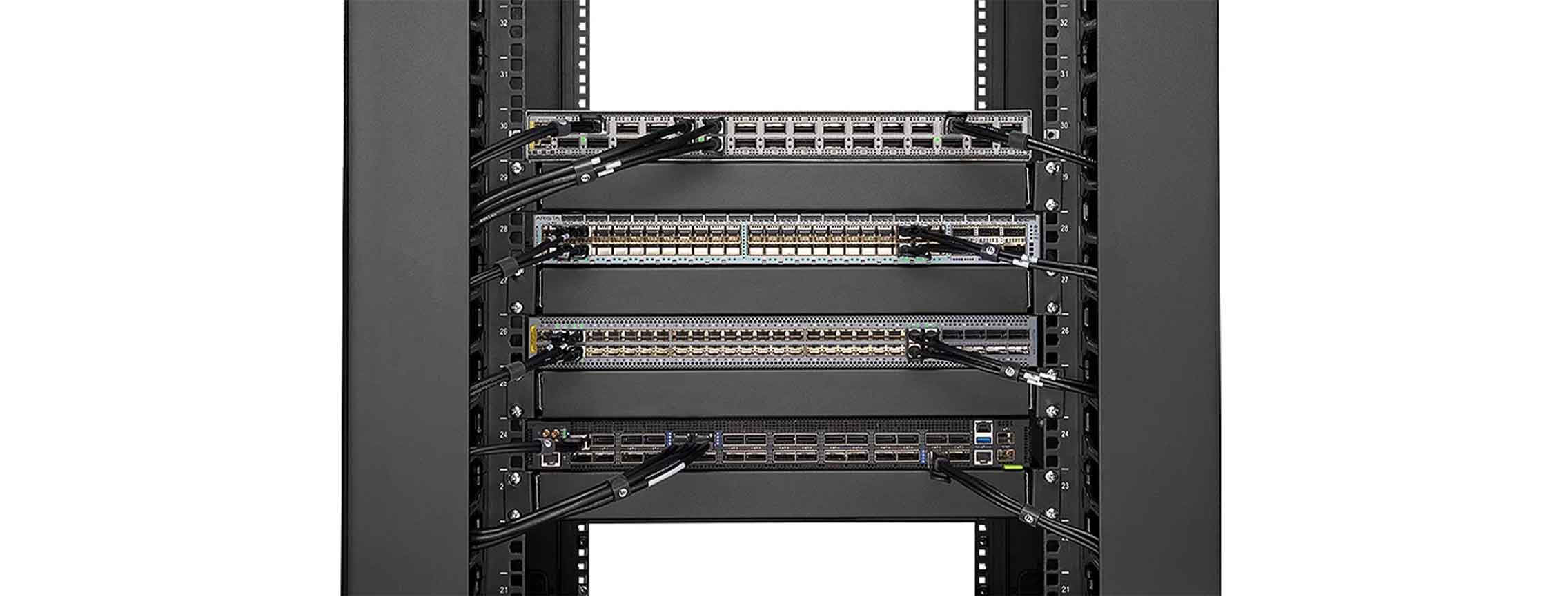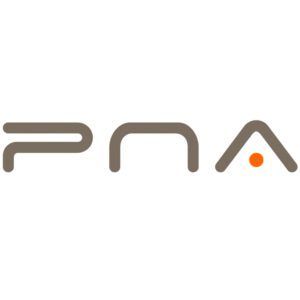Introduction:
As the demand for higher bandwidth and faster data transmission continues to grow, the telecom industry is witnessing a rapid evolution in networking technologies. In this article, we will explore the key considerations and factors to help you make an informed decision when choosing between 400G Direct Attach Cables (DAC) and 400G Active Optical Cables (AOC).
Understanding 400G DAC and 400G AOC:
Before delving into the selection process, let’s briefly understand what 400G DAC and 400G AOC are.
400G DAC:
– Direct Attach Cables (DAC) are copper-based cables that directly connect devices without the need for transceivers.
– 400G DACs utilize copper conductors to transmit data at high speeds, making them a cost-effective solution for short-range connections.
– They are typically used for interconnecting switches, servers, and storage devices within the same data center or rack.
400G AOC:
– Active Optical Cables (AOC) use optical fibers to transmit data over longer distances.
– 400G AOCs incorporate active components, such as lasers and photodetectors, to convert electrical signals into optical signals and vice versa.
– They offer higher bandwidth and lower latency compared to DACs, making them suitable for data center interconnects and other long-range applications.
Package type:
QSFP-DD: the most mainstream packaging mode in 400G data centers, which is a common packaging type for 400G DAC and 400G AOC, using the 8*50Gb/s PAM4 electrical modulation format.
OSFP: another packaging type used for 400G DAC and 400G AOC, also using the 8*50Gb/s PAM4 electrical modulation format.
Direct connection and breakout:
Direct connection cable: both ends are fixed QSFP-DD packaged optical modules, connected by optical fibers or copper cables in between.
Breakout cable: one end of the cable uses a 400G connector, and the other end uses several identical low-speed connectors, with a total rate of 400G. It is suitable for scenarios that require distributing a high-speed optical signal to multiple devices.
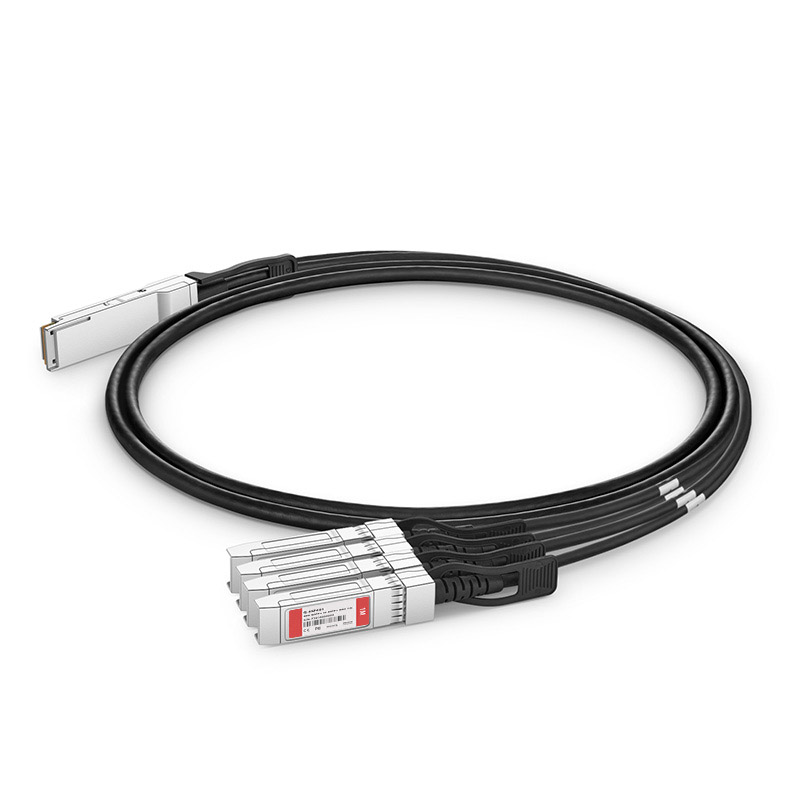

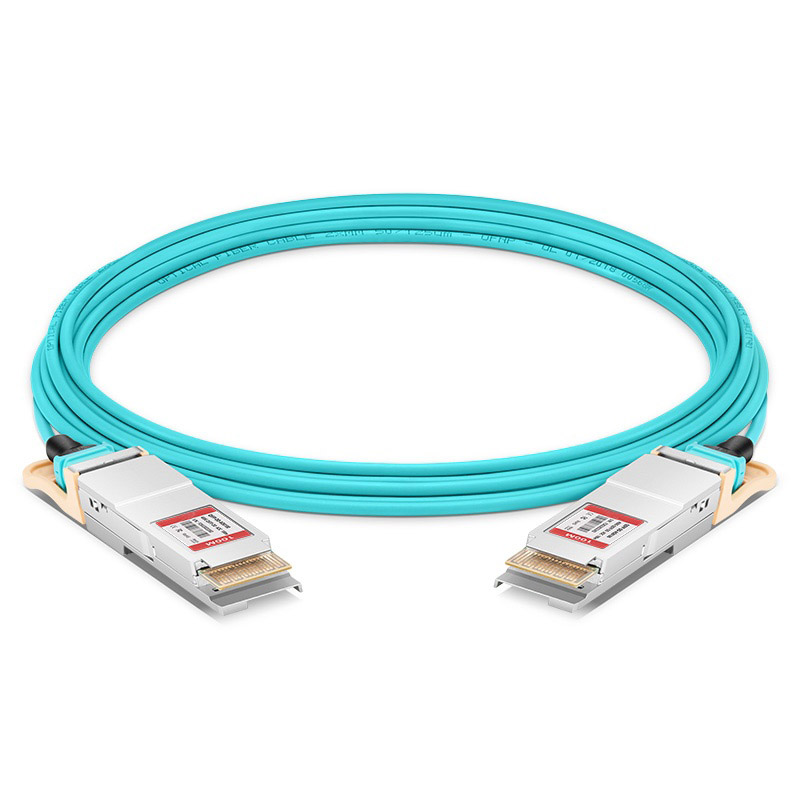

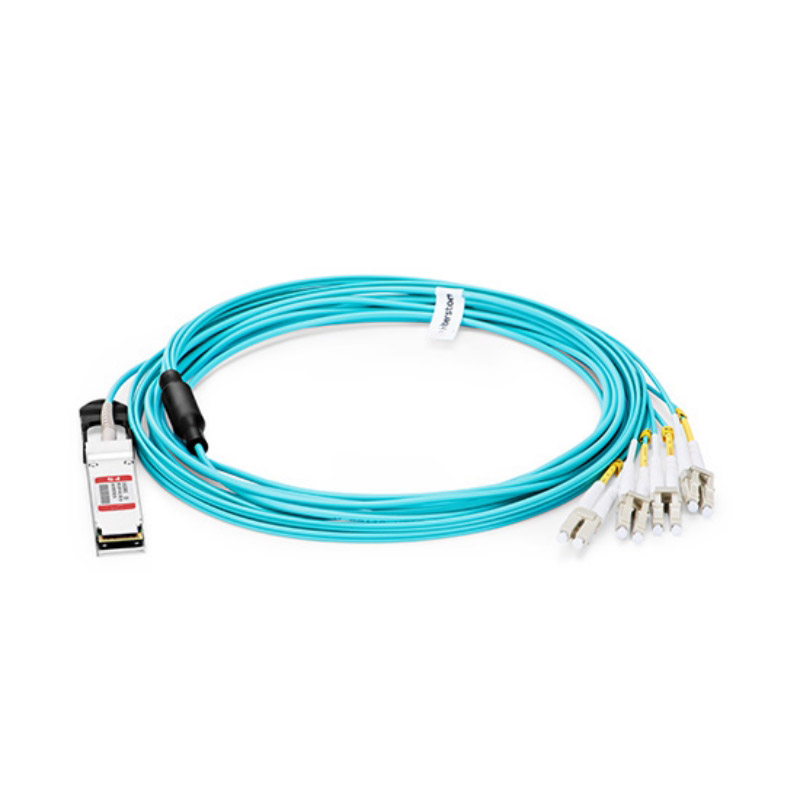

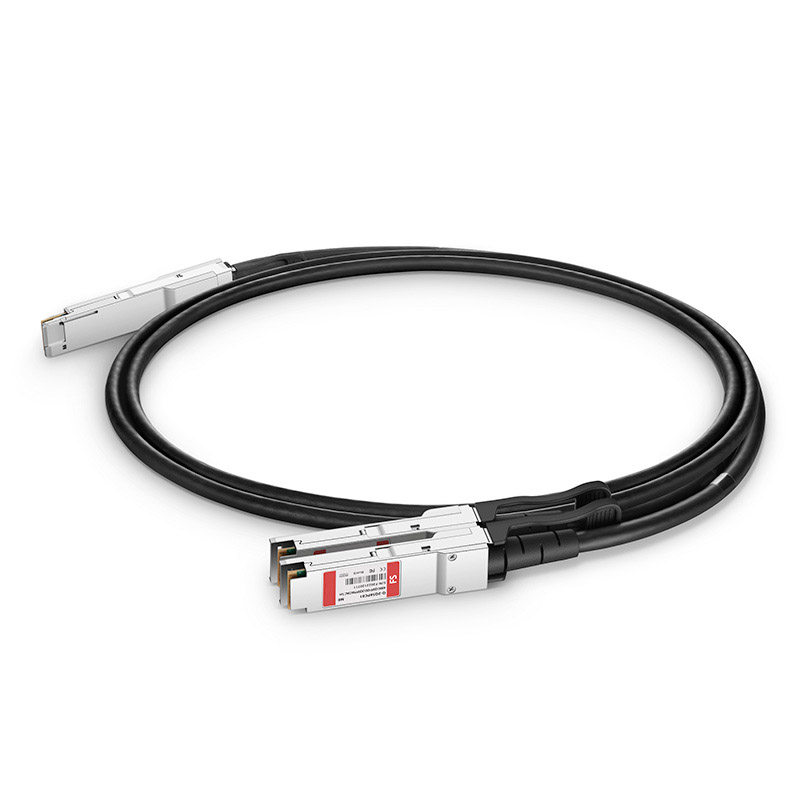

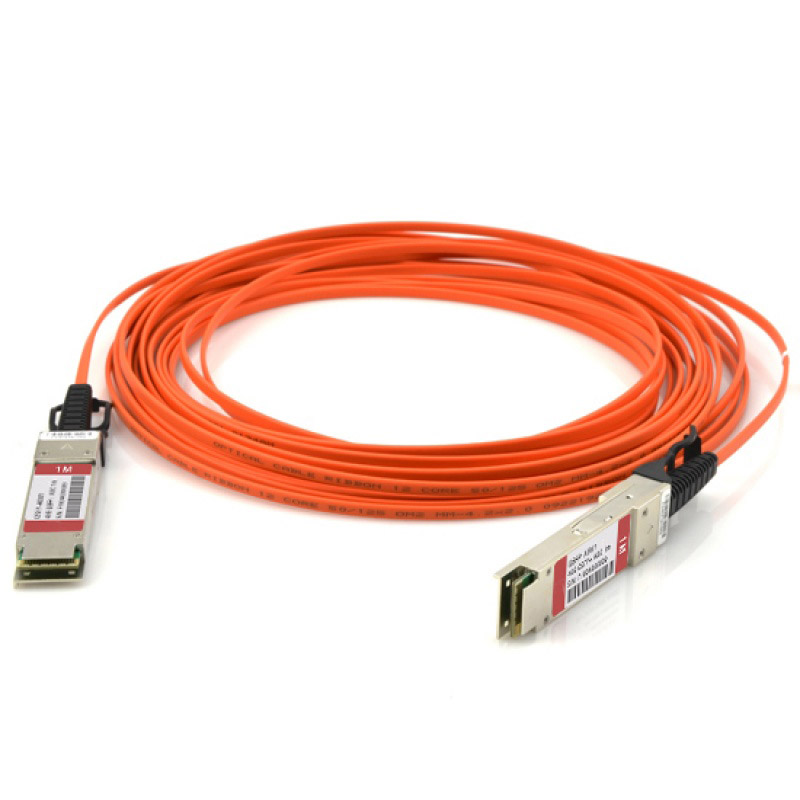

Factors to Consider:
1. Distance Requirements:
Consider the distance between the devices you need to connect. DACs are ideal for short-range connections (typically up to 5 meters), while AOCs are better suited for longer distances (up to 100 meters or more).
2. Bandwidth and Speed:
Evaluate the bandwidth requirements of your network. Both DACs and AOCs offer 400Gbps data transmission, but AOCs provide better signal integrity and lower latency, making them suitable for high-performance applications.
3. Cost:
Cost is a significant consideration when choosing between DACs and AOCs. DACs are generally more affordable than AOCs, making them a preferred choice for shorter connections. However, for longer distances, AOCs may offer better value in terms of performance and reliability.
4. Power Consumption:
Assess the power consumption requirements of your network infrastructure. DACs consume less power compared to AOCs, making them an energy-efficient option.
5. Flexibility and Scalability:
Consider the flexibility and scalability of your network. DACs are typically limited in terms of reach and may require additional equipment for longer distances. AOCs, on the other hand, offer greater flexibility and scalability, allowing for easier expansion and future-proofing.
Conclusion:
Choosing between 400G DAC and 400G AOC depends on various factors such as distance requirements, bandwidth needs, cost considerations, power consumption, and network flexibility. Understanding these factors will help you make an informed decision that aligns with your specific networking requirements. Whether you opt for the cost-effective DAC or the high-performance AOC, both options offer reliable solutions for the ever-growing demands of the telecom industry.
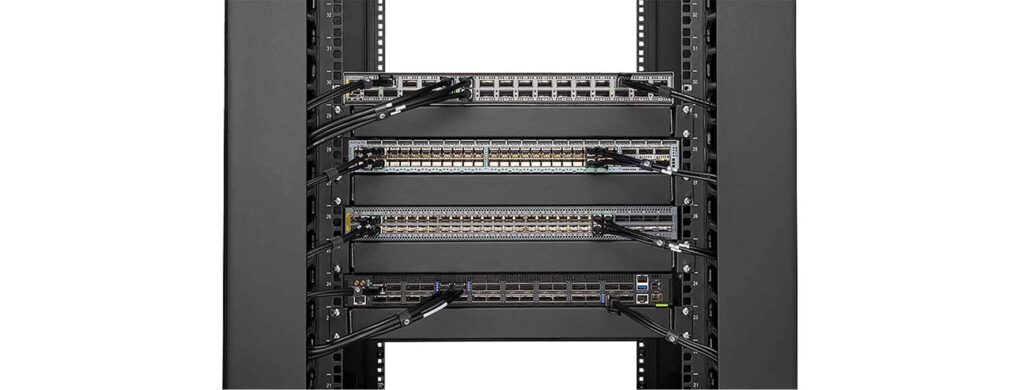

Selection of 400G AOC and DAC for Data Center Interconnects
The products used for interconnecting data centers within cabinets, between cabinets, and between centers and users are essentially three types: optical modules, direct attach copper cables (DAC), and active optical cables (AOC). Industry experts generally prefer to use AOCs for architectures. It is commonly believed that DACs are bulky, difficult to manage and wire, and may be susceptible to electromagnetic interference due to the characteristics of electrical signals. Does this mean that copper cables have no value?
Not necessarily. Copper cables also have their own advantages. With the development of cable technology and manufacturing, modern copper cables can support higher data transmission rates than traditional copper cable interfaces. Direct attach copper cables can also be interchanged and hot-swapped with optical modules and AOCs. Compared with optical cables, copper cables are more economical and passive copper cables have lower power consumption. They can bring great benefits to data center investment and operation, and also have smaller environmental impact.
Recently, a well-known North American internet company has purchased a large number of direct attach copper cables for the new construction and upgrading of data center equipment rooms, which indirectly indicates that first-class international data center users still favor and use these types of products. Direct attach copper cables within 3 meters still have widespread application value.
In terms of transmission scenarios, optical modules and optical fiber have the widest range of applications, from telecom convergence front propagation and medium propagation networks to data center switches. AOC is suitable for high-bandwidth interconnection of large distances up to 100 meters, while DAC is suitable for connecting servers and GPUs to top-of-rack switches.
In terms of cost, optical modules + optical fiber are more expensive (but more flexible in networking, and still the most mainstream solution for overseas cloud vendors from a total cost perspective). AOC is cost-effective due to its integrated design, while DAC has the lowest cost since it does not require optical-electrical conversion. However, its transmission distance is greatly limited at high speeds.
We believe that the “optical in, copper out” trend in telecom access networks will also occur in data center interconnect networks. Previously, due to the high cost of high-speed optical modules, AOC solutions were not significantly advantageous, but with the decrease in the cost of high-speed optical modules, the DAC solution is expected to accelerate upgrading to the AOC solution in the era of AI supercomputers.
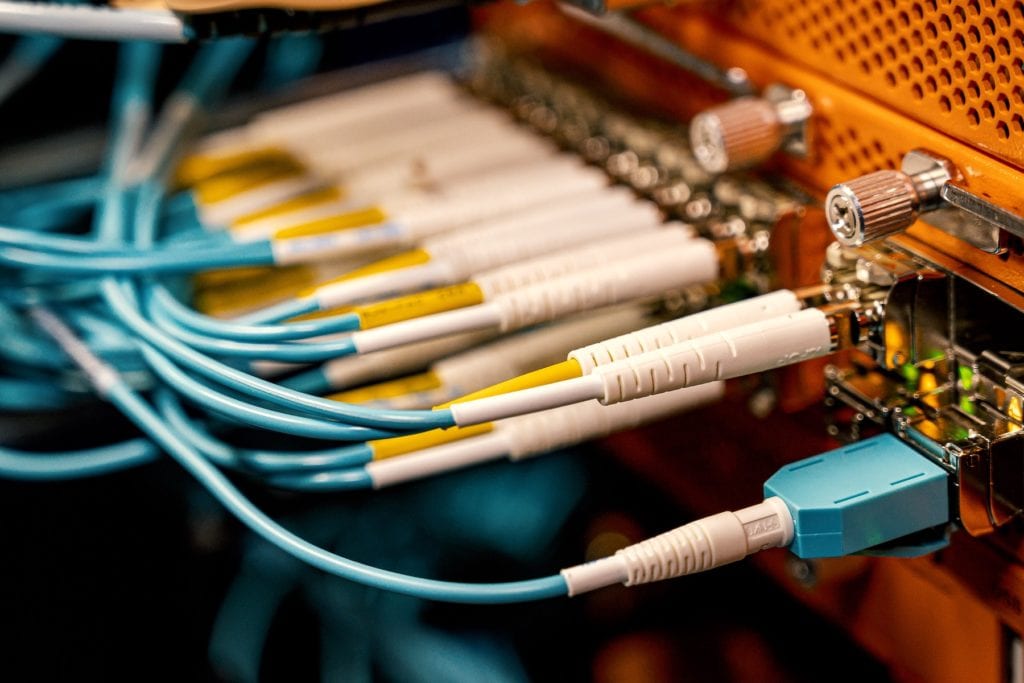

Since 2017, PNA Fiber has been continuously providing innovative, efficient, and reliable products, solutions, and services to users, offering the best switches, 400G, 200G, and 100G AOC/DAC/optical module products for application scenarios such as data centers, high-performance computing, edge computing, and artificial intelligence, greatly improving customers’ business acceleration capabilities with low cost and outstanding performance.
PNA Fiber is customer-centric and continuously creates excellent value for customers in various industries. With a professional technical team, rich application scenario implementation and service experience, the products and solutions have won customers’ trust and favor with high quality and outstanding performance, and are widely used in industries and key areas such as high-performance computing, data centers, education and research, biomedicine, finance, energy, autonomous driving, the internet, manufacturing, and operators.
If you are looking for high-quality 400G AOC/DAC products, PNA Fiber will provide you with the best network upgrade solution with rich experience and high-quality products, escorting your business.
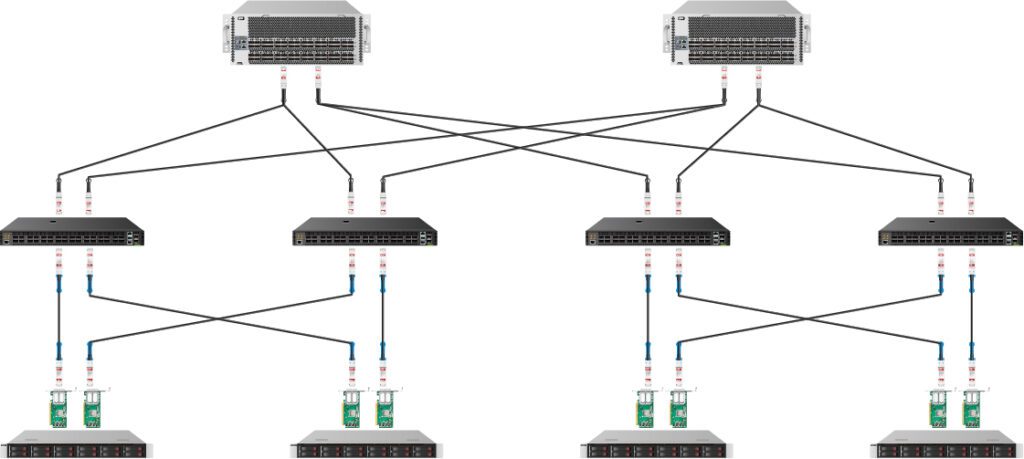

Q&A about 400G DAC and AOC
Q1: Can I plug a 400G QSFP-DD cable into an OSFP port?
A1: No, QSFP-DD and OSFP have different form factors and sizes, and are not compatible with each other.
Q2: Can I use 400G AOC instead of 400G DAC?
A2: Yes, 400G AOC has a longer transmission distance than DAC, making it the better choice for long-distance transmission.
Q3: Can I customize DAC or AOC cables with non-standard lengths?
A3: The length of 400G cables can be customized according to customer requirements.

